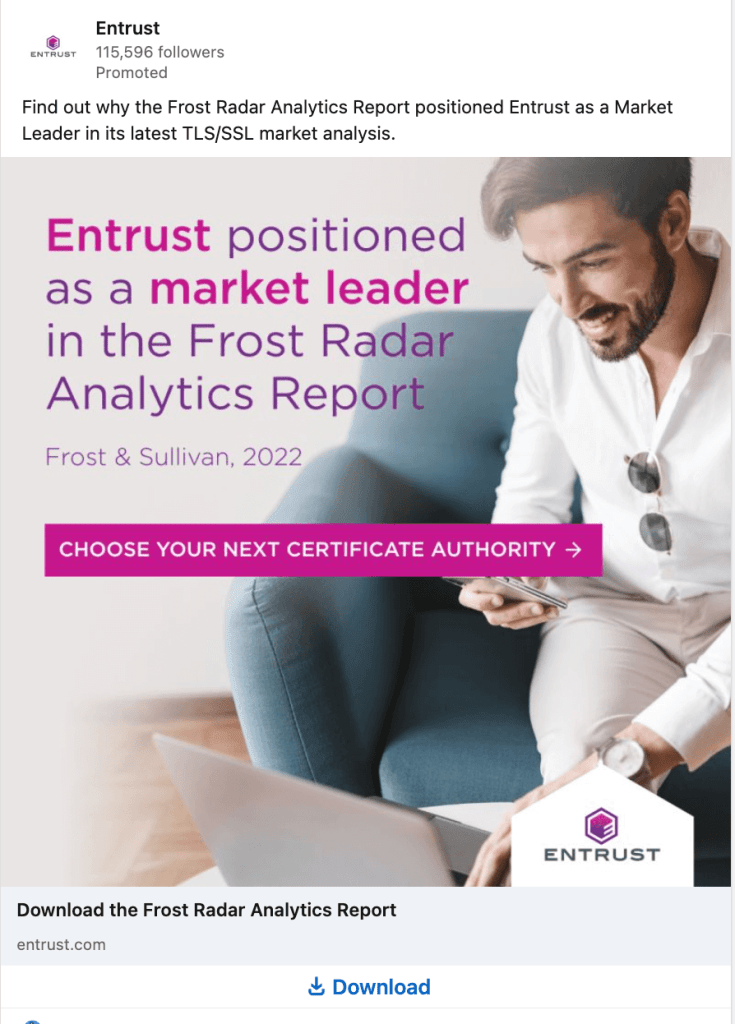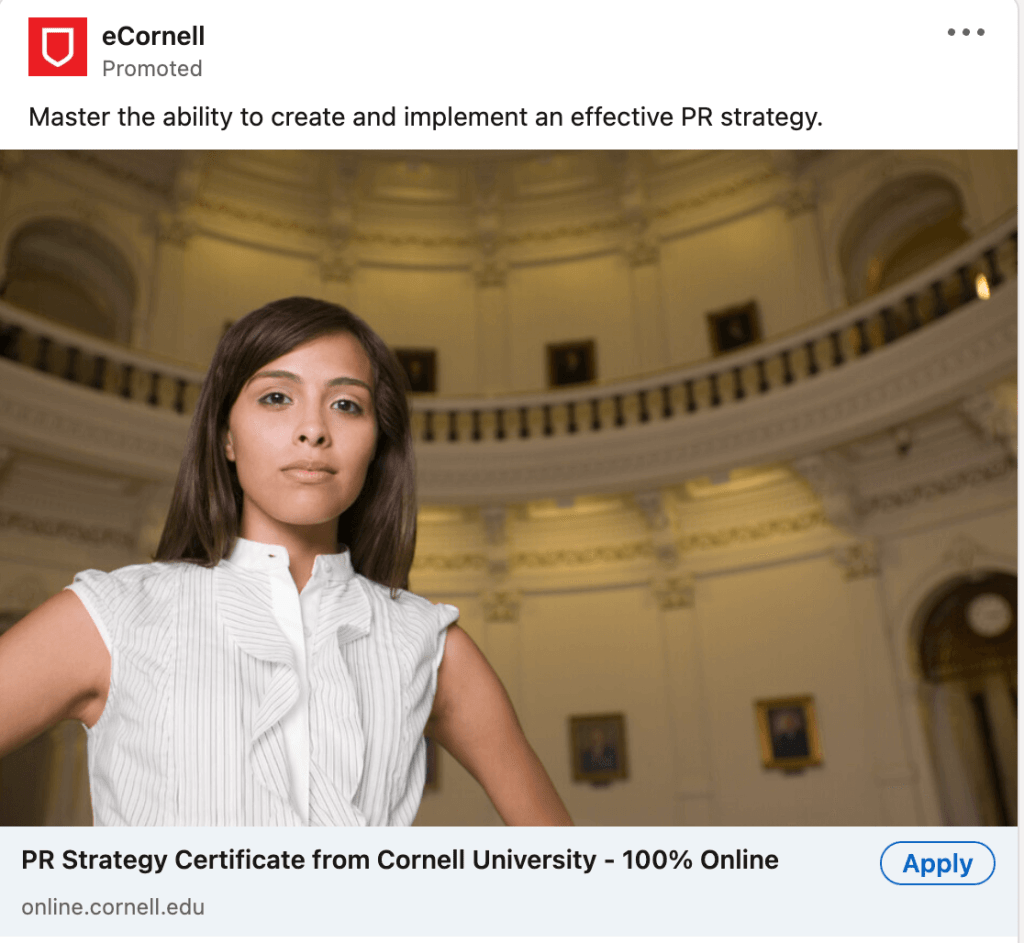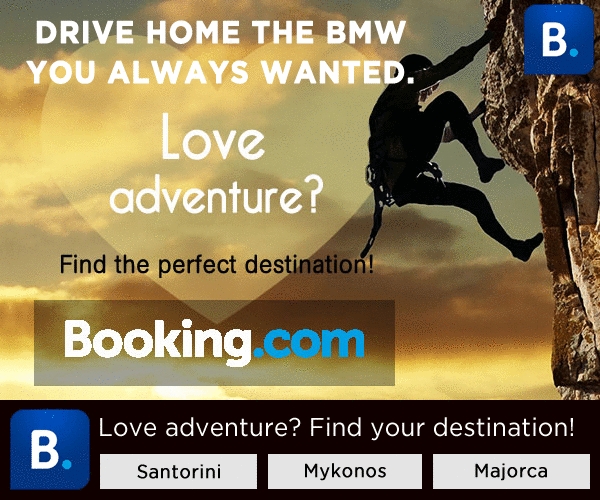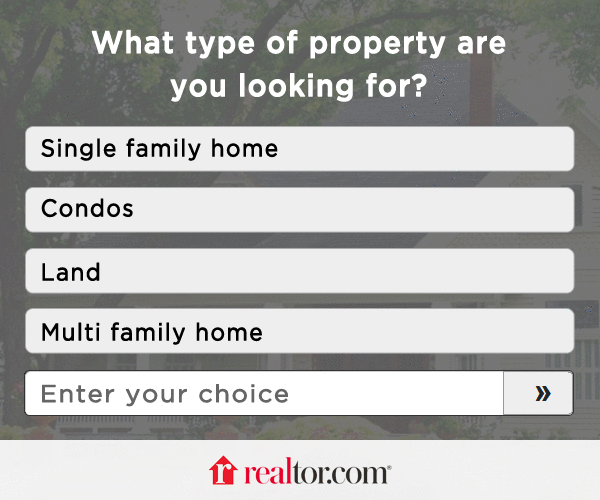We’ll be talking about what makes this type of data so desirable and the types of ads associated with it. Here are the topics we will cover:
First, Second & Third Party Data
It’s 2022 and the retirement of Third Party cookies is coming soon (in 2024).
For a long time, marketers have relied on Third Party data to target consumers.
Advertising has always been content-based and contextual. Let’s say, our brand sells craft beer and our target demographic are male sports fans. We would serve digital ads on sports-themed websites. On top of that, with Third Party Data, we were able to target people who visited these pages and share an interest across the internet.
However, the emphasis is starting to shift away from Third Party. Google announced the removal of Third Party cookies. They also introduced the Google Privacy Sandbox which offers alternative data-tracking options. So, the marketing industry had to a find new solution. Even Facebook and Google are recommending brand advertisers to focus on collecting First Party Data.
Before we begin, here’s a quick refresher on types of data available:
What is First Party Data?
This is information you collect directly from your audience. You own the data that is collected through interactions with your brand. It can be from signing up for your newsletter or filling out a form to download an eBook. The use of First Party Data lets you hyper-target a specific audience.
They can come from:
- Behavior and actions tracked on your website, app, or product
- Social Media
- Surveys
- Lead Forms and more
What is Second Party Data?
This type of data is another organization’s First Party Data. You would purchase it directly with the organization that collected the data. It’s different from Third Party data, in which you work with data aggregators. Direct interaction is required with your organization of choice that collected the data. Buyers and sellers agree on terms, then exchange data.
What is Third Party Data?
Aggregators will collect data and sell them to advertisers. Third Party Data contains information about other companies, such as firmographic and technographic data or groups of people who may share: common interests, demography, or online behavior. It enables advertisers to reach a broader audience.
All three types give you relevant data to make informed business decisions.
Benefits of First Party Data
- Better targeting
- Better understanding of the customer journey stages
- Insights into customer lifetime value
- Helps refine a more personalized brand experience
It’ll give you an in-depth look at your target audience, leads, and customer base as well.
We will discuss two types of ads that are great options to run to collect this type of data. Read on!
Lead Ads
Lead Generation is one of the most common marketing objectives for businesses. People provide their contact information in exchange for something that benefits them.
You can typically find Lead Ads on a landing page or a lead generation ad on social media!
These ads help find prospective customers and gather data, such as interests and behaviors.
Lead Ads are used by all types of industries. Some of the most common industries are eCommerce, SaaS, B2B, and real estate.
Once a user submits their contact information, the data will be stored in the backend, like Facebook or Hubspot. You’ll be able to follow up with the leads afterward. The process is set up to be automated.
You can use Lead Forms to:
- Book appointments, schedule demos etc
- Grow newsletter list
- Increase sign-ups, downloads of e-resources, and more
Types of Lead Ads to Run
- Downloadables
- Reservations
- Contests…etc


Benefits of Lead Ads
- Generates brand awareness for your product or service offering
- Makes it easy to for advertisers to qualify leads from custom fields
- Directly syncs with the Customer Relationship Management (CRM) of your choice
- Hyper-targeted audience segments mean high value data to be collected
Survey Ads
Survey Ads are a type of Display Ad. They break the mold of traditional banner ads because they’re engaging! Users are prompted to answer a relevant question.
You’ll be able to set a target audience and receive real responses from the users. It’s a great and affordable way to conduct market and customer research.
Industries that often use these ads are automotive, travel & tourism, telecom, and retail, but it can work for any business.
Here are some examples of survey ads:


Benefits of Survey Ads
- Generates First Party Data from targeted audiences such as their interests
- Further audience segmentation after the survey to create customized ad experiences
- Drives purchase decisions
- Improves Brand Interaction and Brand Recognition
- It increases the Click-Through Rate (CTR) of the ad
How Do You
Run Ads to Collect First Party Data?
Now you’re thinking, awesome — how do I start?
War Room is an agency that specializes in programmatic advertising. We have partnerships with 90,000+ publishers with premium ad spaces. This means ad buying is direct and costs less, compared to when you buy ad space on the Google Display Network on your own.
Plus, we strategize and execute ads that align with your business goals. We’re experts in building campaigns that make the most of your ad dollars and drive results. Fill out the form below for a free consultation and see if we are a good fit for you!
Let's Work Together
Are you thinking of building a First Party Data ad strategy?
Speak with one of our advertising experts today!


